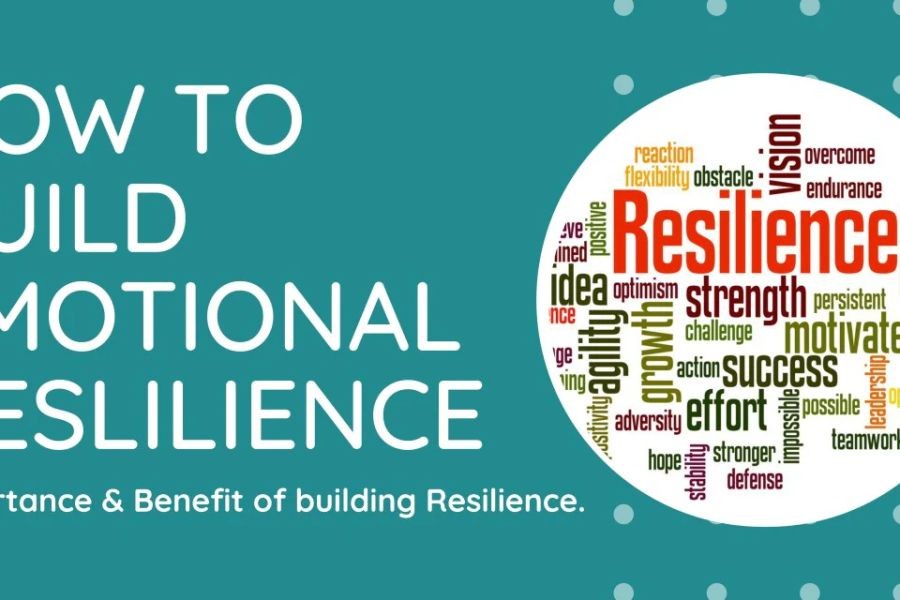Australia's housing market has long been a topic of both excitement and concern. With property prices soaring over the past decade, many investors and homeowners have reaped the benefits. However, recent trends and data suggest that there might be storm clouds on the horizon. As we look ahead to 2025, there are compelling reasons to believe that Australia’s housing market might face a significant downturn. Understanding these potential pitfalls is crucial for investors, homeowners, and policymakers alike.
Economic Uncertainty and its Impact
The Australian economy has weathered various storms, but recent global events have led to increased economic uncertainty. According to the Reserve Bank of Australia (RBA), the country's GDP growth rate has been inconsistent, with fluctuations driven by external factors like trade tensions and the global pandemic. Economic instability often translates to reduced consumer confidence, affecting the housing market as potential buyers become hesitant to make large financial commitments.
Rising Interest Rates
Interest rates are a critical factor in the housing market. The RBA has indicated potential rate hikes in the coming years to combat inflation. Higher interest rates mean higher mortgage repayments, which can deter new buyers and strain existing homeowners. A historical analysis shows that previous rate hikes have led to a slowdown in house price growth, and a similar trend could be expected post-2025.
Affordability Crisis
The Australian housing market has been grappling with affordability issues for years. A report by CoreLogic indicates that in major cities like Sydney and Melbourne, housing prices have far outpaced wage growth. This disparity makes it increasingly difficult for first-time buyers to enter the market, potentially leading to reduced demand and a subsequent price correction.
Case Study: Melbourne's Housing Market
In Melbourne, the median house price increased by 12% in 2024, yet wage growth only saw a 3% rise. This imbalance has resulted in a significant portion of the population being priced out of the market. If this trend continues, demand may falter, leading to a potential market correction.
Regulatory Changes
The Australian Competition & Consumer Commission (ACCC) and the Australian Prudential Regulation Authority (APRA) have been actively monitoring the housing market, with recent regulations aimed at curbing risky lending practices. Stricter lending criteria can reduce the number of qualified buyers, thereby dampening market activity. Such regulatory interventions, while stabilizing in the long term, can lead to short-term market contractions.
Foreign Investment and Policy Shifts
Foreign investment has been a significant driver of Australia's property market. However, recent policy shifts aimed at controlling foreign ownership may reduce this inflow. The Treasury AU has reported a 15% decline in foreign property investments in 2024, a trend that could continue, impacting demand and prices.
People Also Ask
- What are the biggest misconceptions about Australia's housing market? Many believe that house prices will only continue to rise indefinitely. However, historical data from CoreLogic shows that market corrections are a natural part of the housing cycle.
- How does economic uncertainty affect the housing market in Australia? Economic uncertainty lowers consumer confidence, which can lead to decreased demand for housing as potential buyers delay purchasing decisions.
- What are the potential effects of rising interest rates on homeowners? Rising interest rates increase mortgage repayments, which can lead to financial strain for homeowners and reduced demand from potential buyers.
Demographic Shifts
Australia’s demographic landscape is changing, with an aging population and slower migration rates impacting housing demand. The Australian Bureau of Statistics (ABS) projects that by 2025, the population growth rate will slow, reducing the demand for new housing developments. This shift could lead to an oversupply, further pressuring prices.
Case Study: Aging Population in Regional Areas
Regional areas, which have seen a boom in housing demand due to remote work trends, may face challenges as the population ages. Towns like Ballarat have already started to see a shift, with older residents downsizing and new buyers hesitating due to economic uncertainties.
Infrastructure and Environmental Concerns
Infrastructure development has traditionally supported housing market growth. However, environmental concerns and stringent regulations on new developments can stifle this growth. The Australian government's commitment to sustainability may lead to stricter building codes and limitations on urban sprawl, impacting new housing supply and pricing dynamics.
Pros and Cons of Current Market Conditions
- Pros: Recent infrastructure projects have improved connectivity, potentially boosting regional housing markets.
- Cons: Environmental regulations may limit new developments, impacting housing supply.
Future Trends and Predictions
Looking towards 2025, analysts predict a potential correction in Australia's housing market, driven by the factors discussed. According to a report by Deloitte, the market could see a 10-15% price reduction if current trends continue. However, this correction may be necessary for long-term sustainability and affordability.
Final Takeaways and Call to Action
- Fact: Housing affordability remains a critical issue, with prices outpacing wage growth.
- Mistake to Avoid: Over-leveraging in the current market climate could lead to financial strain.
- Pro Tip: Diversifying investments and considering alternative assets can mitigate housing market risks.
As we approach 2025, stakeholders must remain vigilant and informed. The potential for a housing market crash underscores the importance of strategic planning and adaptability. Whether you're an investor, homeowner, or policymaker, now is the time to reassess your strategies in light of these emerging trends.
Related Search Queries
- Australia housing market trends 2025
- Impact of interest rates on real estate Australia
- Foreign investment in Australian property 2025
- Housing affordability crisis Australia
- Future of real estate in Australia
Stay informed and proactive in the face of potential market shifts. Join discussions on LinkedIn or industry forums to share insights and strategies with peers. By staying engaged, you can better navigate the uncertainties of Australia's housing market in the years to come.
































841765514
8 months ago